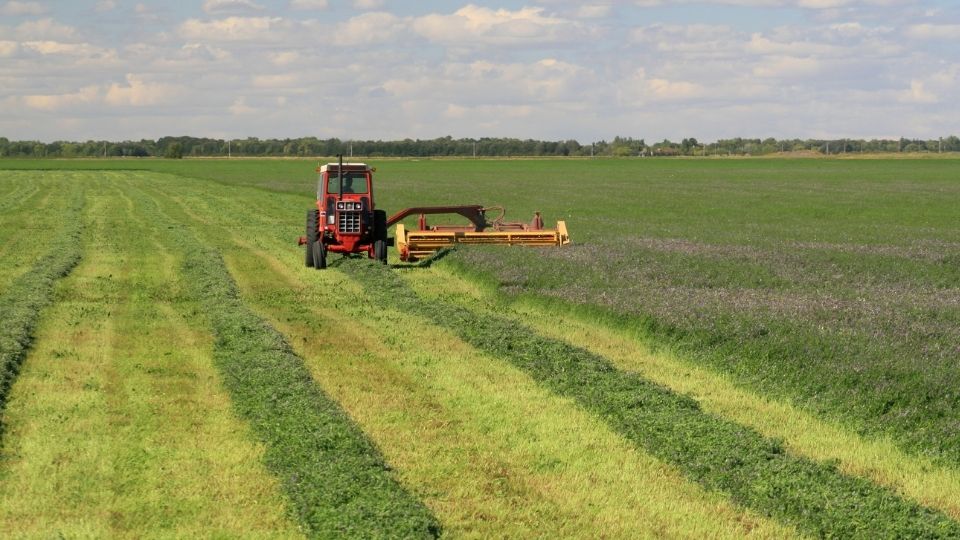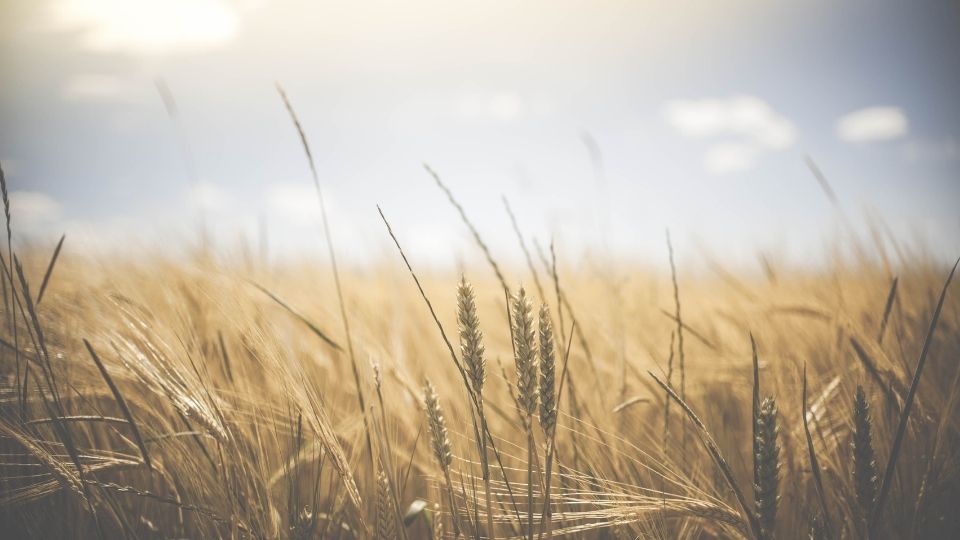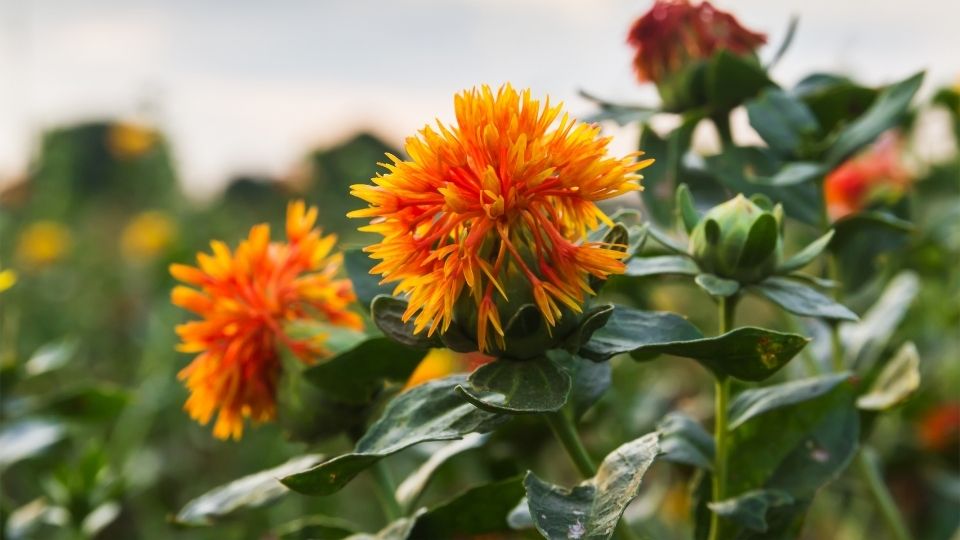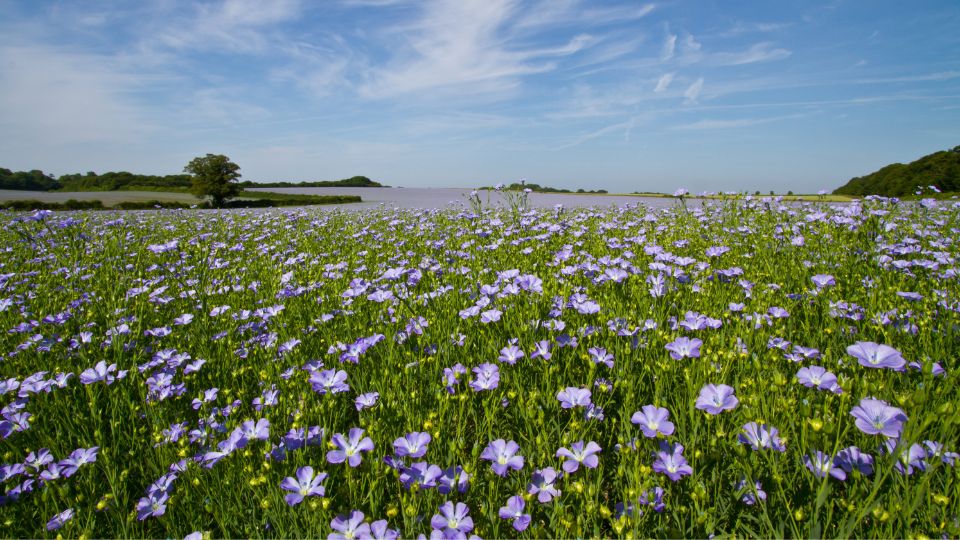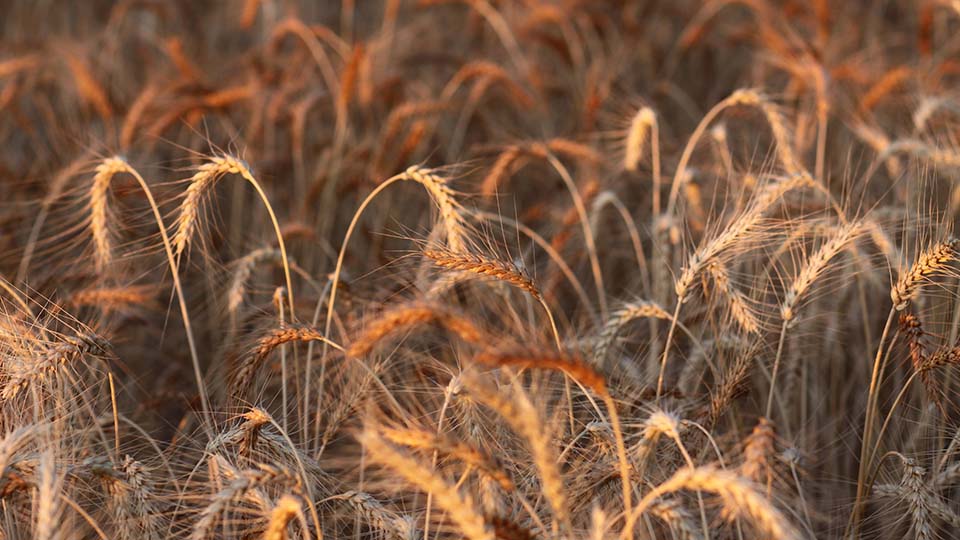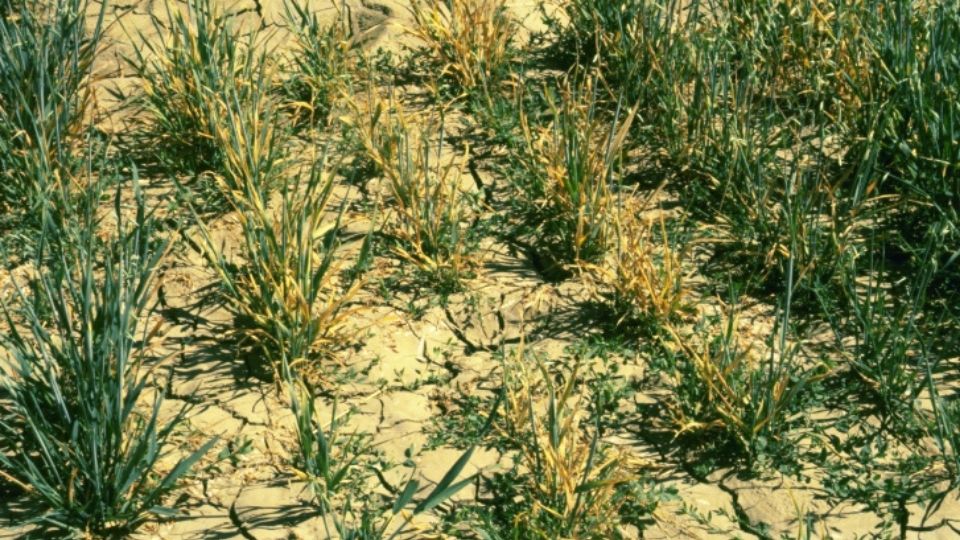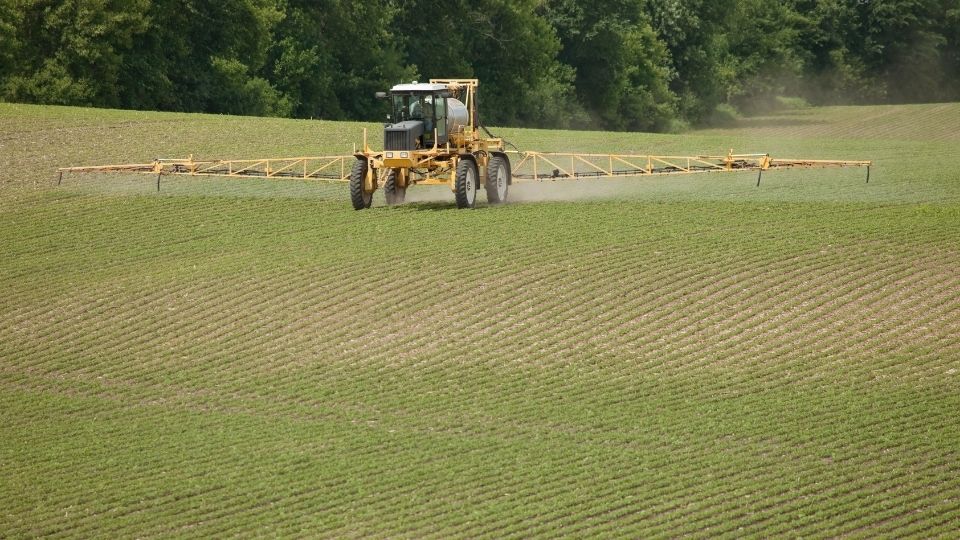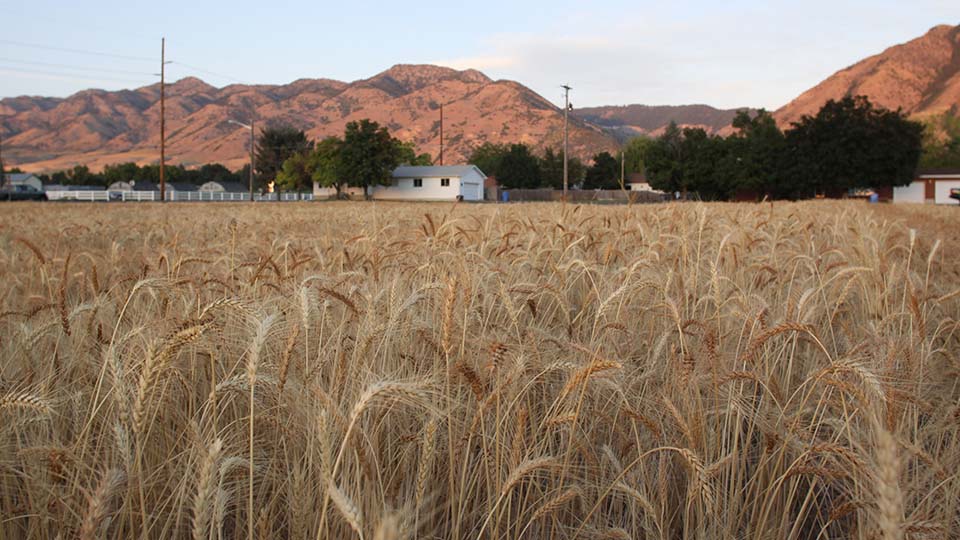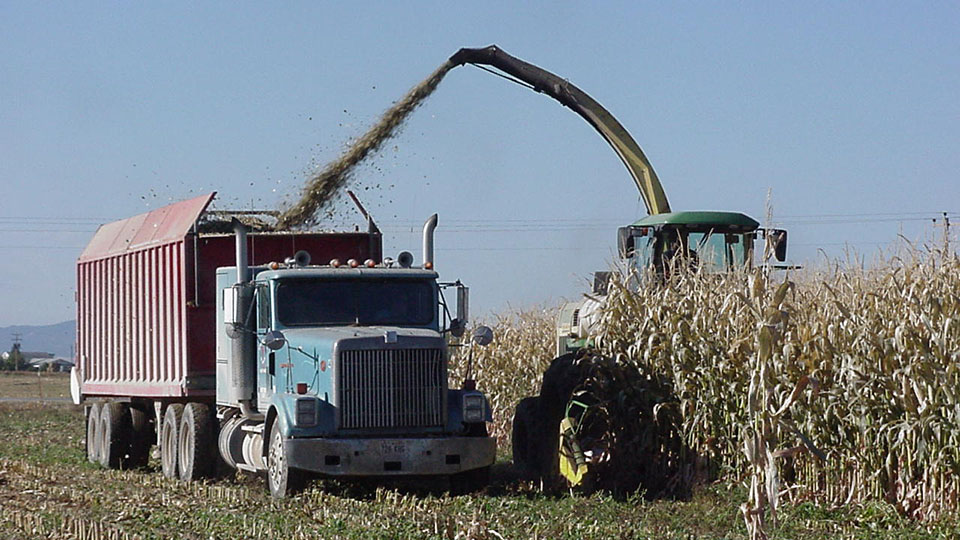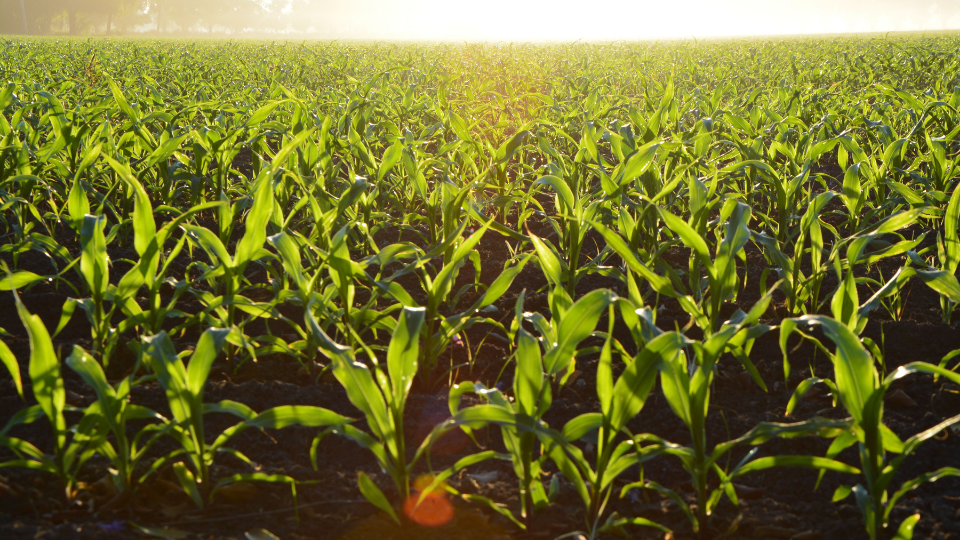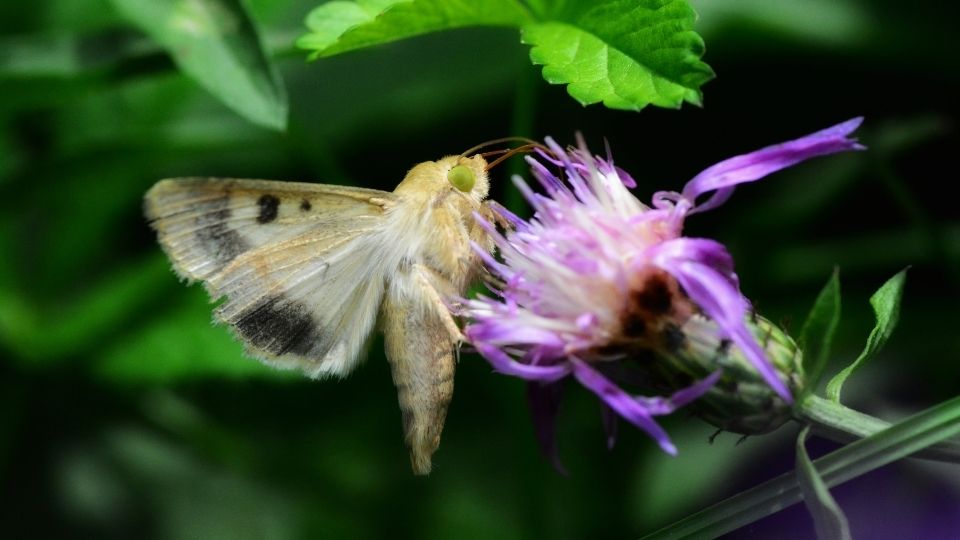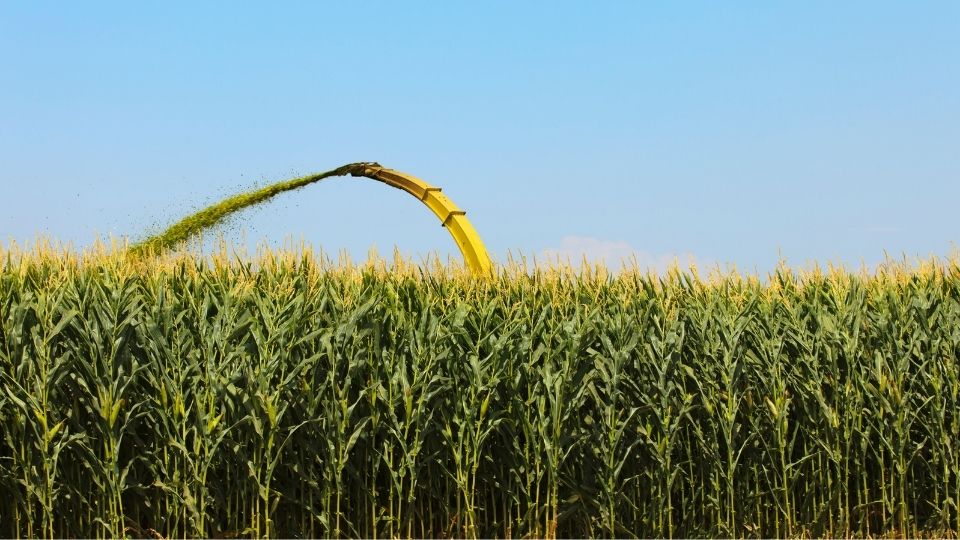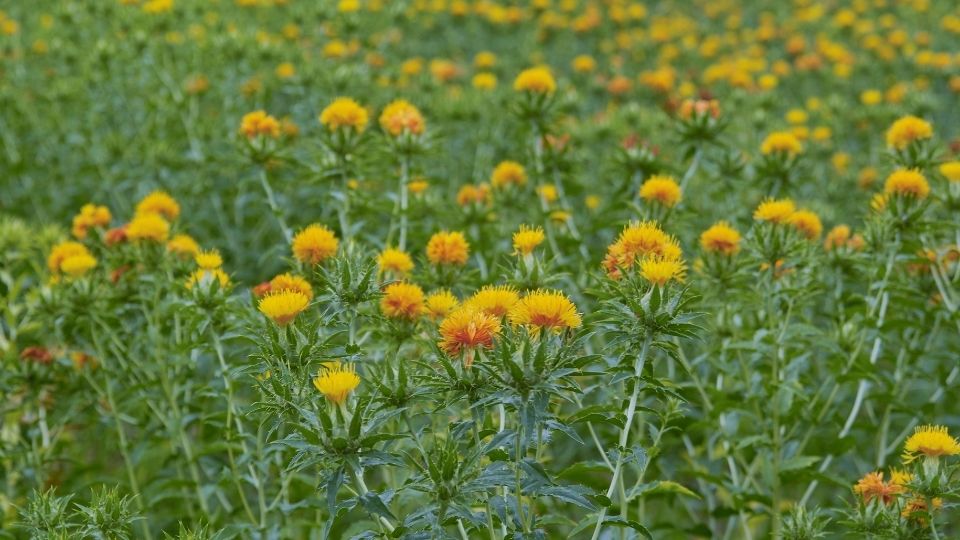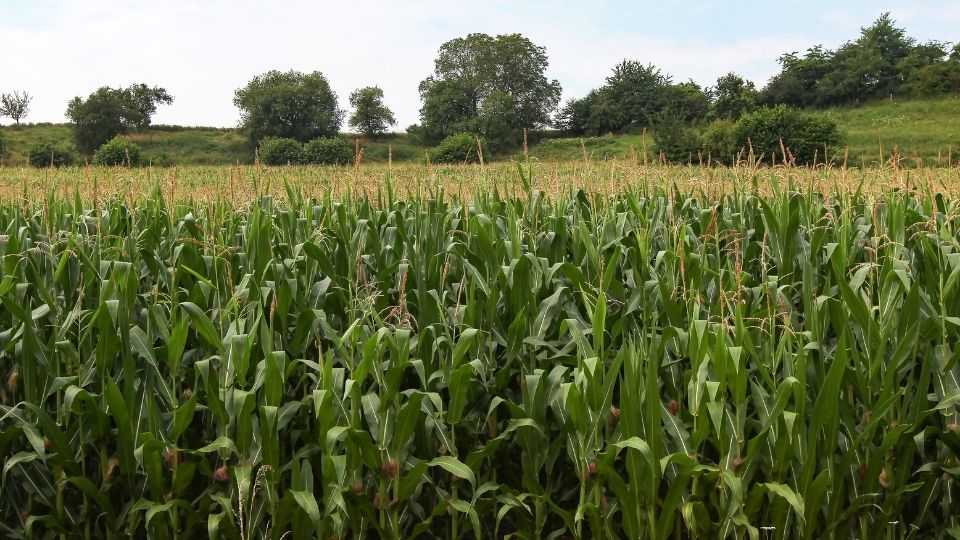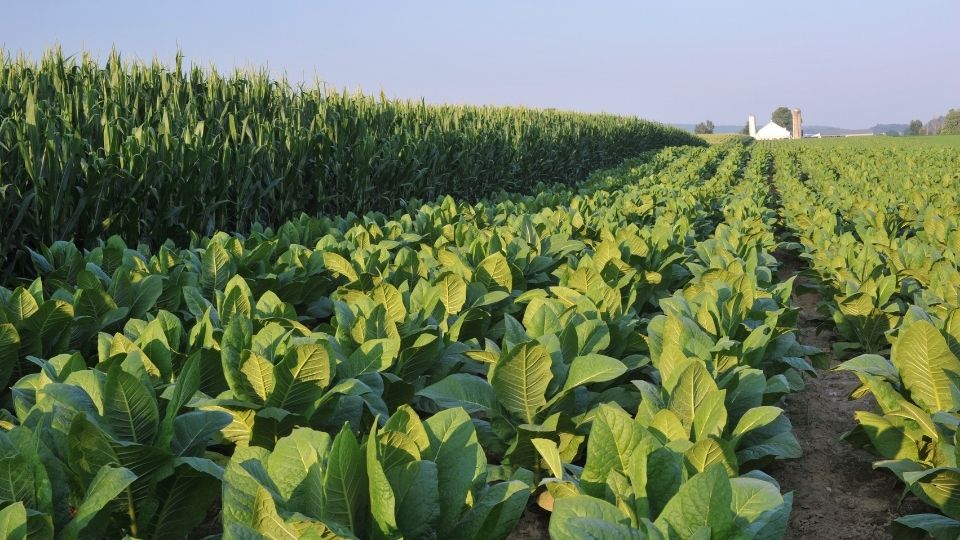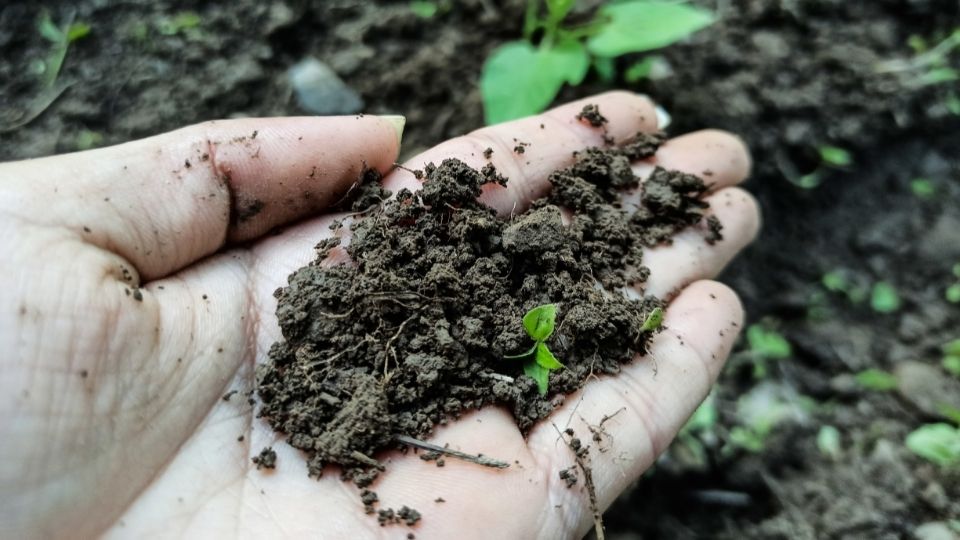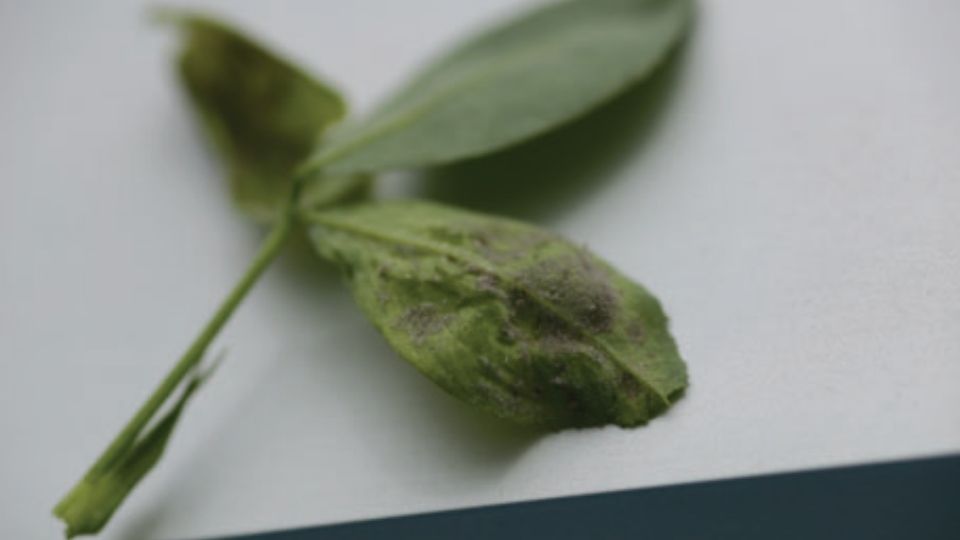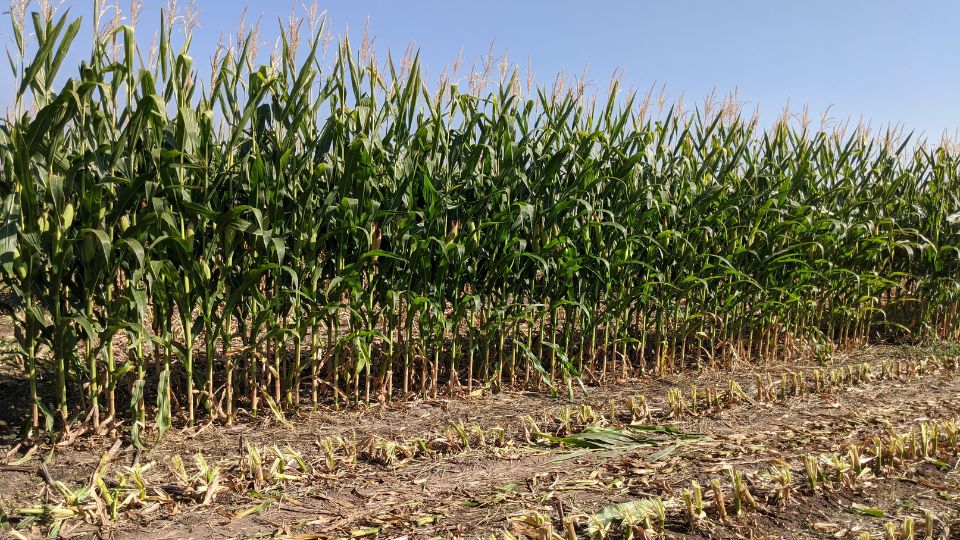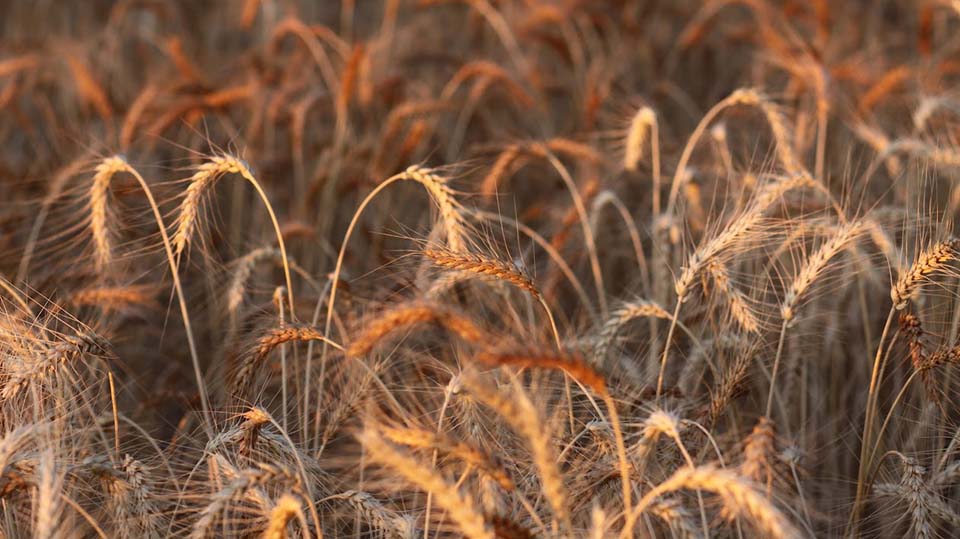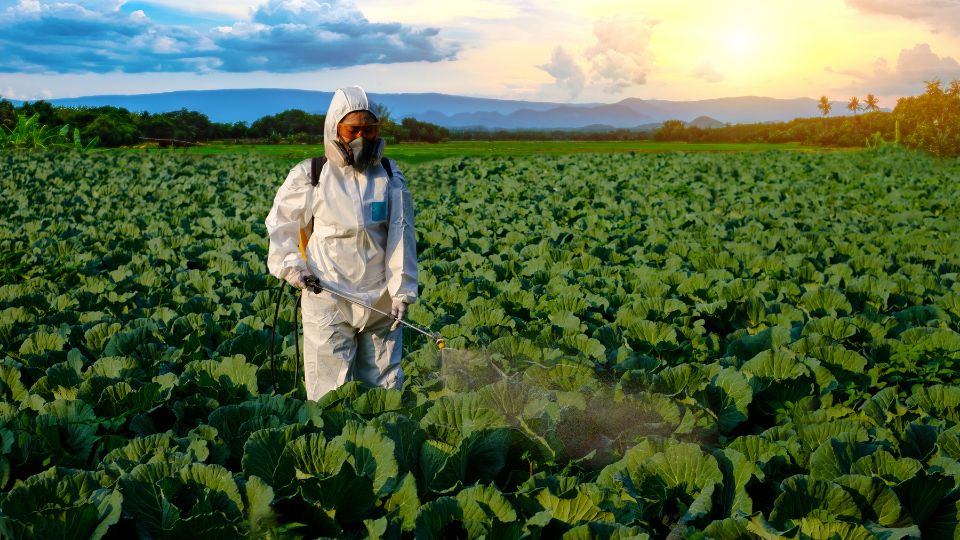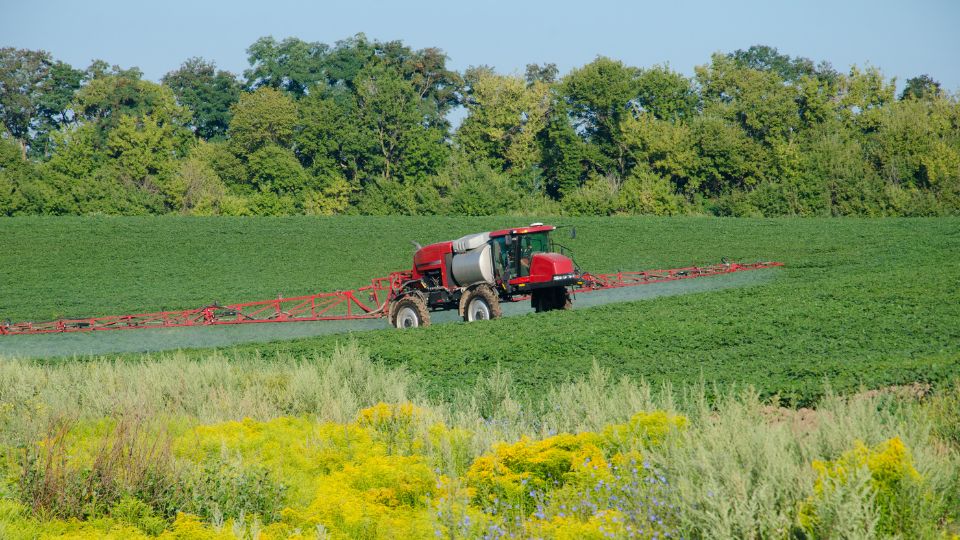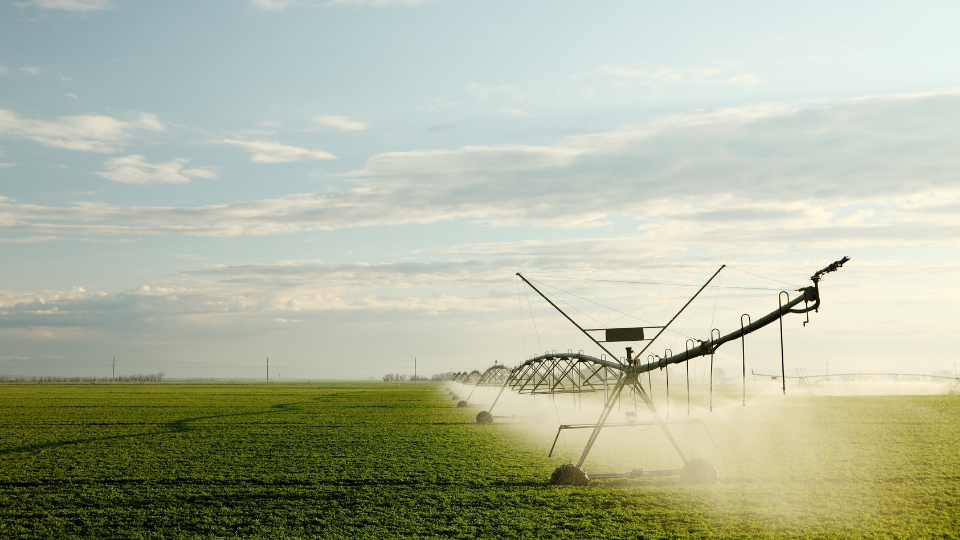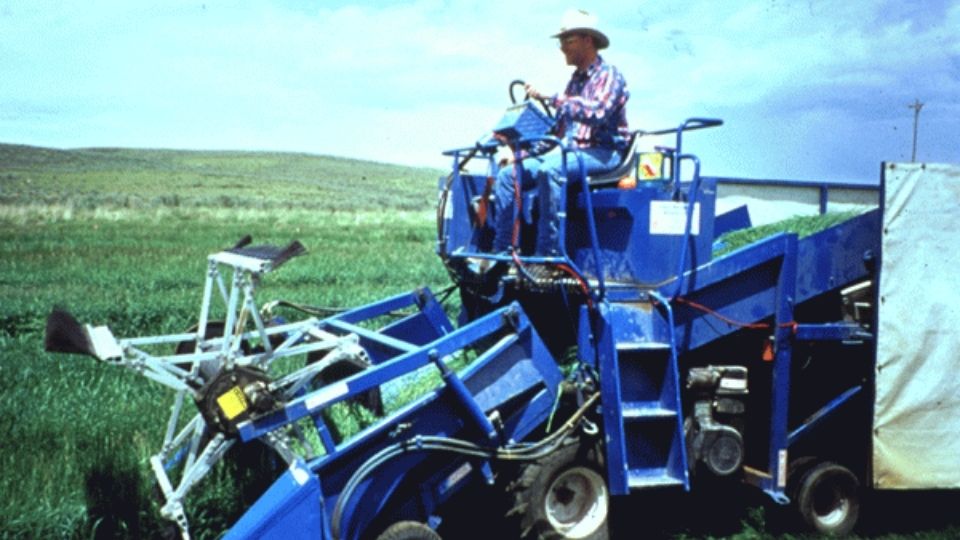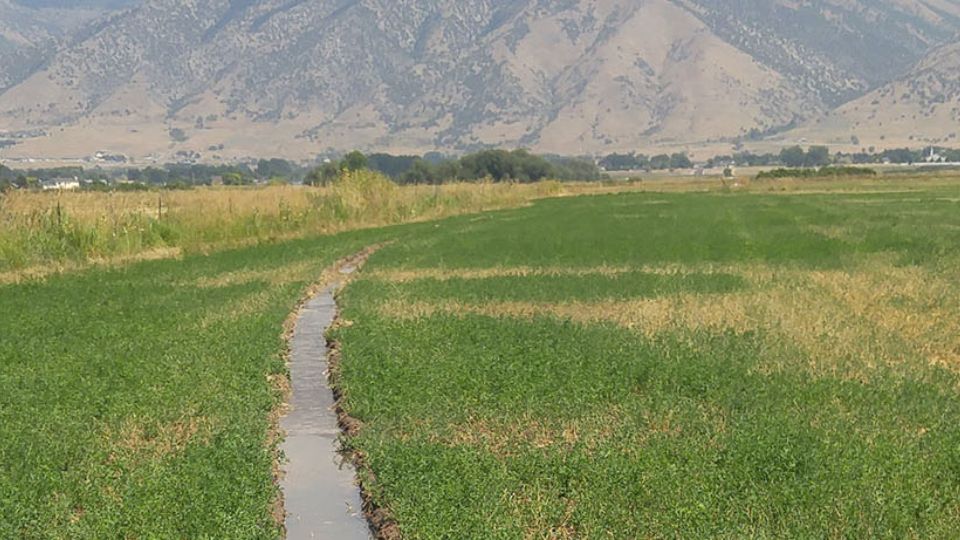Growing Safflower in Utah
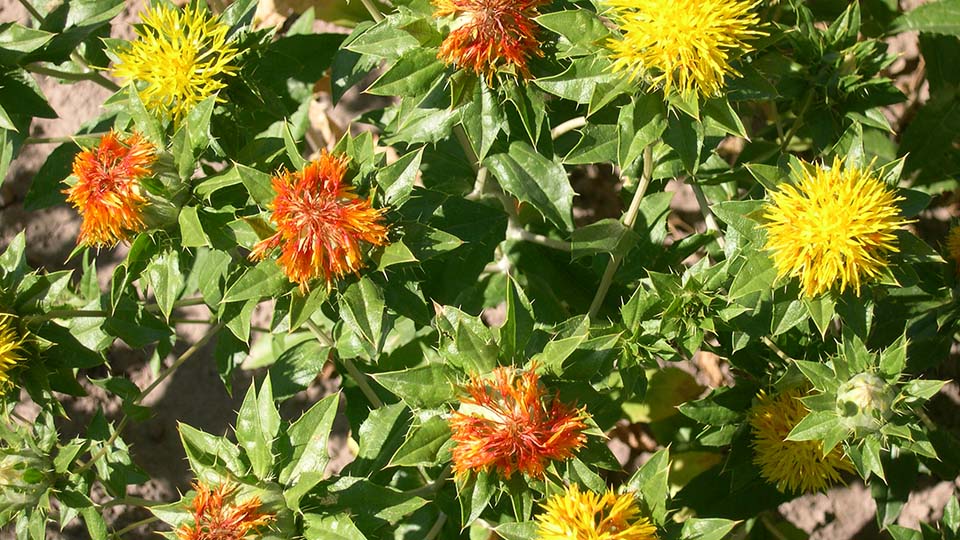
Introduction

Safflower (Carthamus tinctorius L.), is an annual oilseed crop (Figure 1). It is a member of the Asteraceae family and is a highly branched, herbaceous, thistle-like plant, usually with many long, sharp spines on the leaves and flower head. Early reports show that it has been grown in the U.S. in experimental test plots since 1928 (Berglund, Riverland, & Bergman, 2007) and on a commercial basis in Utah since 1957 by area producers for Pacific Vegetable Oils (PVO) (Smith, 1996). Safflower is currently grown in California, Montana, North Dakota, Idaho, Nebraska and Utah.
Most safflower is grown on dryland farms following wheat. It has become popular on Utah dryland farms in rotation with winter wheat for two major reasons. First, troublesome grassy weeds like jointed goatgrass can be controlled with selective herbicides registered for safflower. Second, because of its ability to extract moisture from the deeper soil profile with its long taproot, safflower is well adapted to the drier areas of the state. Utah is one the top producing states. In 2011 Northern Utah growers produced approximately 23 million pounds of safflower second only to California in U.S. production (USDA-NASS, 2012 source). On Utah dryland farms, wheat is often followed by safflower and the ground is summer fallowed the next year in order to replenish the soil moisture profile for winter wheat production the following season. This rotation of wheat, safflower and summer fallow allows growers to harvest two crops in 3 years. Before safflower, growers usually raised a crop of wheat every other year, alternated with fallow.
An increasing number of irrigated acres are also being planted when irrigation water is projected to be in short supply for the growing season. Utah farmers have found this plant can provide reasonable economic returns with little water and be a great option in crop rotations. Yields can range from 500 pounds per acre on dryland to 4,000 pounds per acre on irrigated land. A typical Utah price is 20 to 30 cents per pound.
Uses

Safflower seed provides three principle products: oil, meal and birdseed. Safflower oil is used by both the food and biodiesel industries. The oil consists of two main types: those high in monounsaturated fatty acids (oleic) and those high in polyunsaturated fatty acids (linoleic). The current market trend is for oils higher in oleic oil content as it helps to prevent coronary artery disease. A health conscious population has created the most significant market for safflower oil as salad oil, margarine and cooking oil used to fry such foods as French fries, chips and other snack items. It usually commands a premium price among edible oils. Most of the safflower seed in Utah at the time of this publication is used in the birdseed market. The birdseed market caters to racing pigeons, parrots, other pet birds, gerbils, hamsters and to other commercial small animals. This industry prefers a white seed hull, which in most years, is very easy to achieve by choosing a safflower variety with that trait. The color of safflower seed is scored on a scale of 1 to 10, with 1 being the whitest (Figure 2) and 10 being a darker brown color.
The birdseed market currently does not have a preference for oleic or linoleic seed. If safflower is to be grown for the oil market, a safflower variety should be selected that has a high percent oil content. Safflower grown on dryland usually has a higher oil content than safflower grown under irrigation. However, even with lower oil content, irrigated safflower usually has higher seed yields and, therefore, may produce more oil per acre than safflower grown on dryland farms.
After safflower is crushed to extract the oil content, the meal is considered a moderate protein source (about 25 percent crude protein) that can be used with low-quality forage diets (Walker, 2006). Protein levels are higher than most cereal grains but lower than some protein feeds. The inclusion of the hulls in the meal after the oil extraction process is the reason for the low energy content. There are also some safflower varieties being developed exclusively for use as a livestock feed.
Site Preparation
Seedbed preparation varies within different parts of the state according to the previous crop and soil type. The type of seedbed preparation made for small grain production in any area will usually work for safflower production (Figure 3). On dryfarms, soil moisture should be conserved near the surface while preparing the seedbed. Crusting caused by heavy rains and dry winds, particularly on clay soils, can reduce seedling emergence. When this happens, light harrowing may be beneficial to break the surface crust.


Growth and Development
Safflower in Northern Utah is normally seeded in late April or early May as soon as the ground can be worked. It grows best on well drained soils with good water holding capacity and will tolerate coarser-textured soils if rainfall or irrigation is adequate. It does not grow well on poorly drained soils and will not tolerate standing water. Recommended seeding rates are 12 to 15 pounds per acre on dryland and 20 to 25 pounds per acre on irrigated land. Row widths vary from 6 to 12 inches with seeds being planted ½ inch deep into a firm seedbed. Seedlings generally emerge in 1 to 2 weeks if sufficient moisture is present and the soil temperature is adequate. Safflower in the rosette stage grows slowly above ground while developing a root system (Figure 4). While in the rosette stage, it can withstand temperatures as low as 20oF. Plants are less cold tolerant once they begin to elongate, branch and flower.
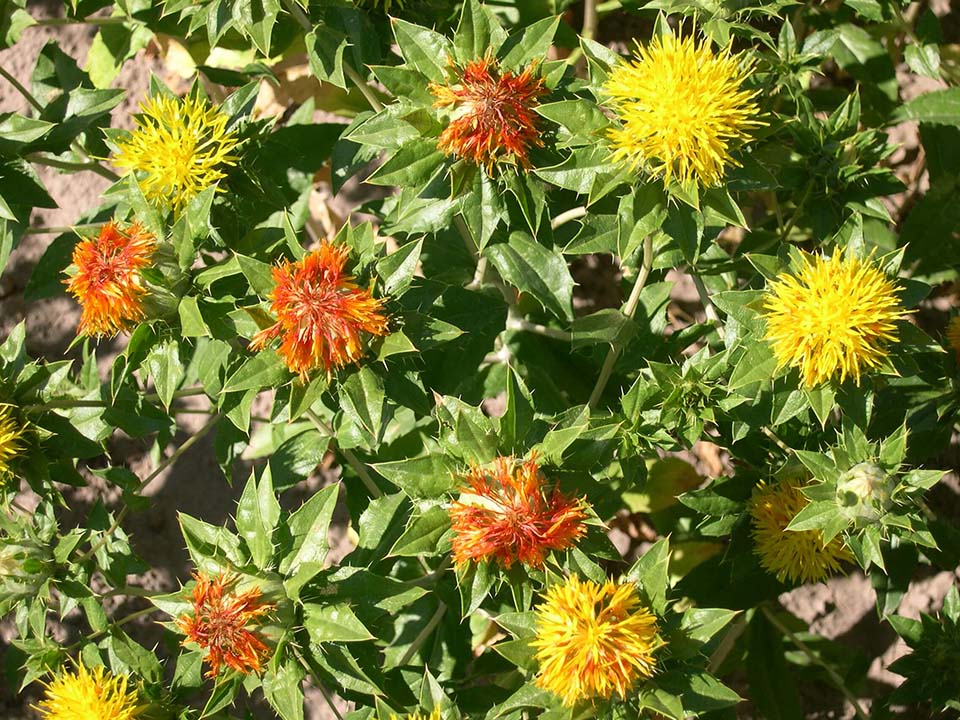
In Northern Utah, the plants begin to flower in mid-July and are ready to harvest by mid-September through early October, or about 20 weeks after planting. The flower color is usually yellow turning to orange and bloom normally occurs over a 3 week time period (Figure 5). Safflower plant height will range from 12 to 24 inches on dryland farms to 24 to 36 inches on irrigated farms depending on the amount of moisture, irrigation, fertilizer, soil type, etc. It has been grown successfully in Utah in precipitation zones of 10 to 20 inches. The taproot is thought to be able to penetrate to depths of 8 to 10 feet if subsoil temperature and moisture permit.
Safflower in Utah usually follows winter wheat in the dryland rotation. The year after safflower is usually fallow in order to recharge the soil moisture profile for wheat.
Fertilizer Requirements
Several factors influence fertilizer recommendations for safflower, including expected yield, previous crop, available soil moisture and how much irrigation water can and will be applied. In Utah, nitrogen is usually the most limiting nutrient to safflower. However, because safflower roots deeper than small grains, it is able to utilize nitrogen in the soil to a depth of 2 to 3 feet. Soil sampling to depths greater than 12 inches should increase the accuracy of fertilizer recommendations. If growing safflower on a field for the first time, soil test for nitrogen, phosphorus and sulfur at two depths: the 0 to 1 foot level and 1 to 3 foot level. Utah soils typically have more than enough potassium to grow a good crop of safflower. Yield goals should be realistic, based on longtime averages and management ability of the grower. A general rule of thumb is that for every 100 pounds of seed per acre produced; safflower plants will require 5 pounds of applied nitrogen.
Harvesting and Storage
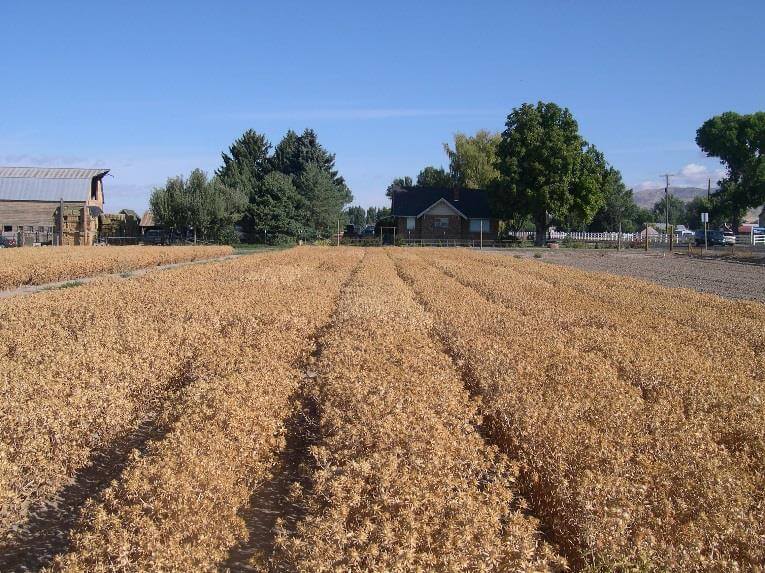
Safflower is usually harvested in late September to early October, depending on the seeding date. It can be harvested when most of the plant has turned brown and the seeds come out of the head when lightly rubbed, with only a little green remaining on the last flower heads (Figure 6). Seed moisture should be at or below 8 percent for safe long term storage.
Some late developing flower heads may be small and contain undeveloped seeds. These add little to the crop yield and should be ignored. Seed shattering is usually not a problem in safflower, but the crop should be harvested as quickly as possible after maturity. Once the seeds are mature in the seed pod, sprouting may be a problem if significant rain fall occurs before harvesting.
Safflower is harvested with a typical grain combine using screens normally used to harvest barley and wheat. The cylinder speed should not exceed 3000 feet per minute to prevent seed cracking. The suggested concave clearance is 5/8 inch at the front and 1/2 inch at the back. Shaker speeds greater than those used for small grain are required to prevent plant residue from plugging the combine. Air speeds should be adjusted to remove most of the empty hulls. If a reel is used, its speed should be no faster than the forward speed of the combine.
Marketing
Most safflower grown in Utah and Southern Idaho is grown and sold under contract prior to planting the crop in the spring of the year. In these contracts the buyer will promise to buy, at a set price, the total production from a specific number of acres agreed to by the grower. Contracts should include price per unit, payment provision, acreage to be grown, storage payments and provisions, premiums and discounts for oil content or test weight and seed color, as well as moisture content and dockage, final delivery point, etc. Production contracts are strongly encouraged to reduce the risk of growing an alternative crop which has a limited market.
Utah State University Extension has developed an enterprise budget for growing safflower in Utah on non-irrigated farms. The publication is intended to be used as a guide to estimate income and expenses for growing safflower in Utah. Growers are encouraged to access this publication via the USU Extension publications website at http://extension.usu.edu/htm/publications or by typing Utah Safflower Crop Budget in the search line of your Internet browser.
References
- Lyon, D., Burgener, P., Harveson, R., Hein, G., and Hergert, G. (2007). Growing Safflower in Nebraska. University of Nebraska –Lincoln Extension Publication. Available at: http://www.ianrpubs.unl.edu/pages/publicationD.jsp?publicationId=748
- Bergland, D., Riveland, N., & Bergman, J. (2007). Safflower Production. North Dakota State University Extension Publication. Available at: http://www.ag.ndsu.edu/pubs/plantsci/crops/a870w.htm
- Smith, J. R. (1996). Safflower. p 77. The American Oil Chemists Society (AOCS). The Development of the PVO Strategy. By AOCS Press http://www.crcnetbase.com/doi/abs/10.1201/9781439832080.ch4
- Walker, J. (2006). Oilseed Crops in Beef Cattle Rations. South Dakota State University Cooperative Extension Publication. Available at: http://pubstorage.sdstate.edu/AgBio_Publications/articles/ExEx2058.pdf
- United States Department of Agriculture National Agricultural Statistics Service Utah Field Office (USDA-NASS). (2012) http://www.nass.usda.gov/Statistics_by_State/Utah/Publications/Current_News_Release/2012/2011%20Crop%20Production.pdf
Published April 2015
Utah State University Extension
Peer-reviewed fact sheet
Authors
M. G. Pace, Agriculture/Horticulture Agent; C. E. Israelsen, Agriculture Agent; E. Creech, Extension Agronomist; N. Allen, Extension Irrigation Specialist
Related Research




